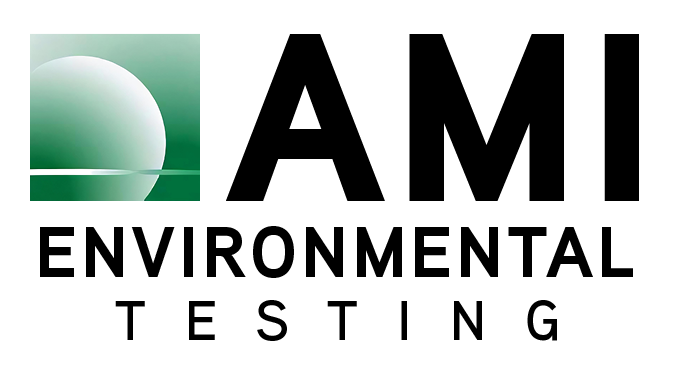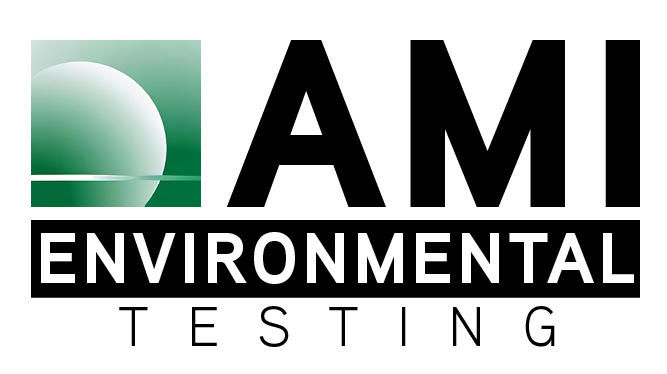Most interpret the OSHA Standards to apply only to structures constructed prior to 1981. In fact, OSHA’s regulations also include language pertaining to all structures, regardless of the construction date.
Let me attempt to clarify OSHA’s intent as simply as I can, if that is possible.
In both the General Industry and Construction Asbestos Standards, OSHA defines “presumed asbestos containing material”, or PACM, as thermal system insulation and surfacing materials found in buildings constructed prior to 1981. Thermal system insulation is generally referred to as insulation applied to mechanical systems. Surfacing materials are common acoustical and fireproofing applications. These “presumed” building materials must be identified and treated as asbestos containing until proven otherwise. Additional building materials that should be “presumed” include resilient floor coverings and associated adhesives.
“Suspect asbestos containing materials” is a term commonly used in the industry to refer to applications or materials not clearly defined as “presumed”, as outlined above, that is “suspected” of being asbestos continuing. According to OSHA, “suspect” material may include not only “presumed” material, but also other commonly recognized applications frequently used in facilities constructed after 1980. Appropriate due diligence would require that it should be known, or should have been known that “suspect” materials may be asbestos containing, and treated accordingly.
In sum, what many professionals do not realize is that OSHA’s reach, when it comes to properly addressing asbestos in buildings, extends well beyond most design professionals current understanding. When you consider that asbestos was used in over 3,000 products, many designed specifically for the construction industry, the potential to encounter asbestos in existing building projects is remarkable. And understanding the regulations and associated liabilities can be confusing at best.
If I can assist you with interpreting the regulations that may impact your projects, please do not hesitate to contact me. I am available 24 hours a day, 7 days a week on my cell phone at 402-981-1000. Thank you for your attention and have a safe day.
Dan Taylor



